'MG Century 100 Years' Is the Story of America's Favorite Sports Car
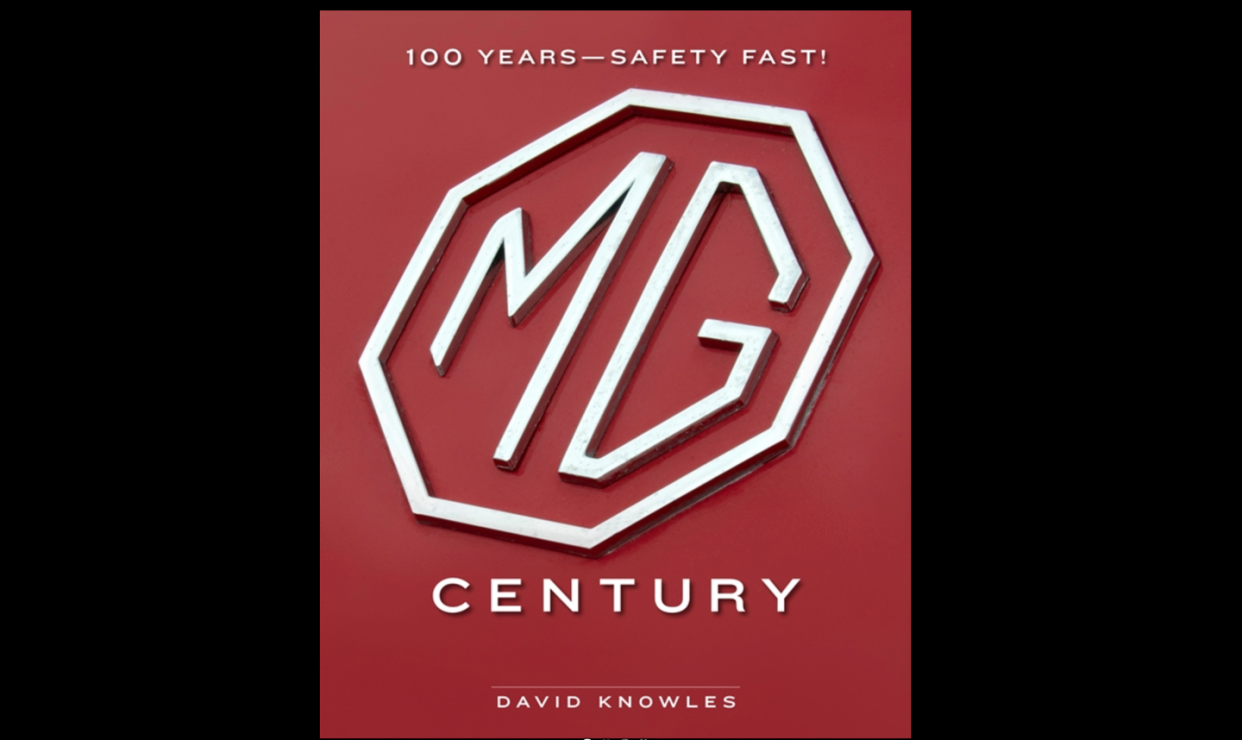
"Hearst Magazines and Yahoo may earn commission or revenue on some items through these links."
"The Sports Car America Loved First," a 1970s TV advertisement for the MGB called it. Yet it was equally true that America was "The Country MG Loved Best." For it was here where a significant portion—in some years up to 70 percent—of its entire output found homes over the course of a 30-year run that started strong and kept getting stronger before concluding with a disappointing (some might say tragic) whimper.
Beginning with the MG TC, first officially sold here in 1948, MG went on to sell well over 600,000 two-seat roadsters (mostly) before it all came crashing down in 1980, when its battered and tattered parent, British Leyland, pulled the plug on the "B," closing the factory where MGs had been made for almost 50 years. As far as us Yanks were concerned, that was that.
Tarted-up, MG-badged editions of other British models carried on back home, though none was enough to save their maker. Earlier this century, MG's final group of British owners, a quartet known as the Phoenix Four, would sell out to China's SAIC. SAIC now sells electric MGs all over the world. It's even building a factory in Mexico, but not in the States... yet.
MG's conquest of America, and its decline that ended in a performance-strangled, geriatric (18-year-old) MGB, are but some of many fascinating aspects of MG's journey that British automotive historian David Knowles unravels in his new book MG Century: 100 Years – Safety Fast! (240 pages, published by the Quarto Group). The release is designed to coincide with MG's centennial anniversary, but, as Knowles recounts, the real story of MG begins even earlier than 100 years ago, with the rise of British industrialist William Morris. Having launched some of Britain's most successful early passenger cars—the "Bullnose" Morris Oxford and the larger Cowley—Morris became convinced there was a market for something a little more sporting. So while assembling what would become one of the first automotive conglomerates, he dabbled in a more sporting line based on Morris parts, its first offering, the Morris Super Sports, based on the Bullnose. More models followed, featuring sporty two-seat bodies and tuning mods, and would soon be called MGs. A part of Morris, yet apart from it, MG was named for Morris's own business, Morris Garages, a separate enterprise from Morris Motors.
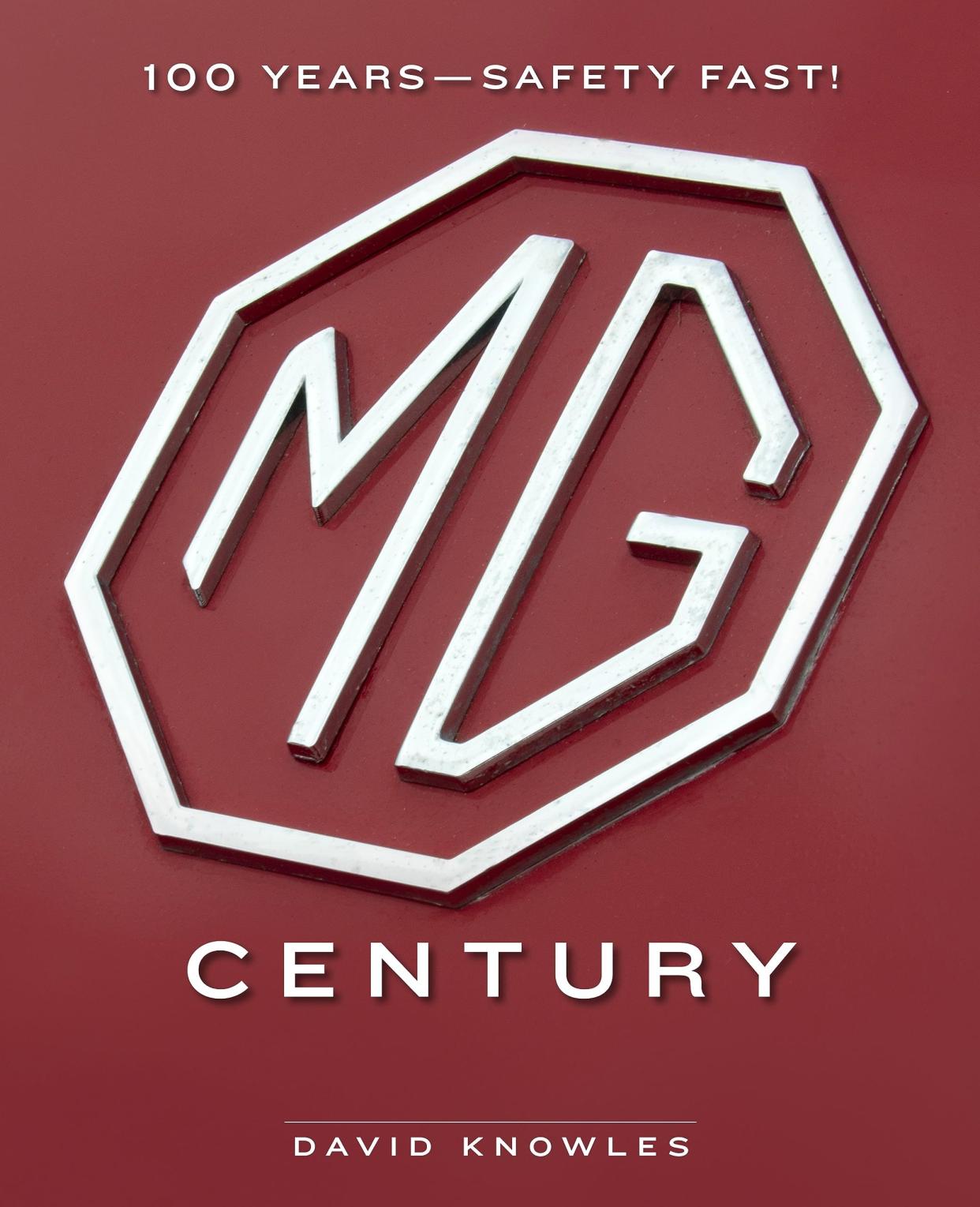
The MG Century: 100 Years―Safety Fast!
amazon.com
$34.54
A handsome coffee-table book with hundreds of period and contemporary photographs, MG Century is nonetheless text rich and the better for it. MG was nothing if not prolific, with an epic profusion of frequently changing models, especially in the marque's early days of low-volume production. Thus, there's much story to tell. With zest and justifiable enthusiasm, Knowles performs an admirable job of cramming vast amounts of information between his book's covers, yet somehow conveying so much more than a mere recitation of cubic displacements, race finishes, and top speeds.
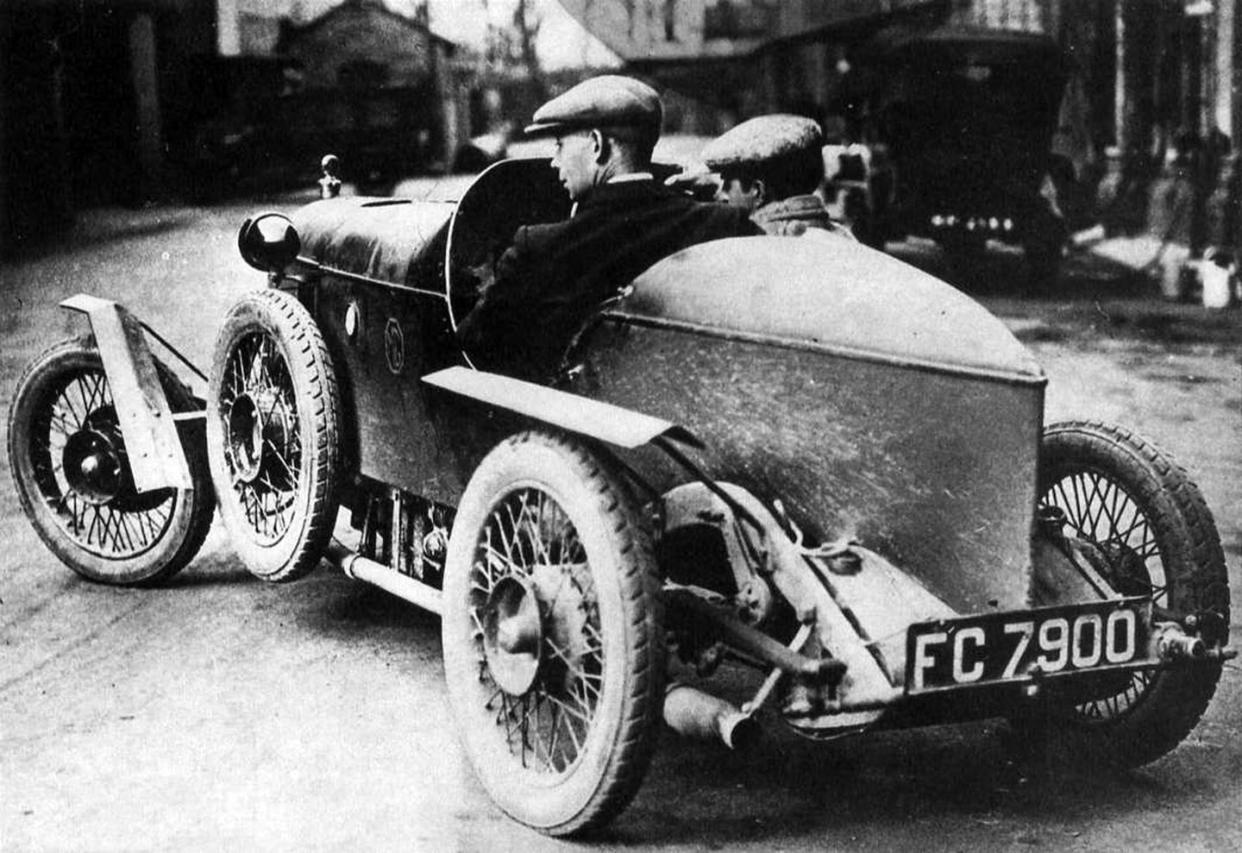
One is surprised, for instance, to learn that the story of its decades of competition exploits, often with 750-cc versions based on its original Midget model, or that MG took several whacks at luxury sedans in the 1930s. But it wasn't until the 1950s that volumes really began to soar, with a huge assist from American consumers. Along the way, however, Knowles debunks the conventional wisdom that it was American servicemen coming home from the Second World War with MGs that caused the postwar TC model to succeed. Sales success in Commonwealth countries preceded the explosion in American interest, with meaningful stateside sales not coming until four years after the war's conclusion.
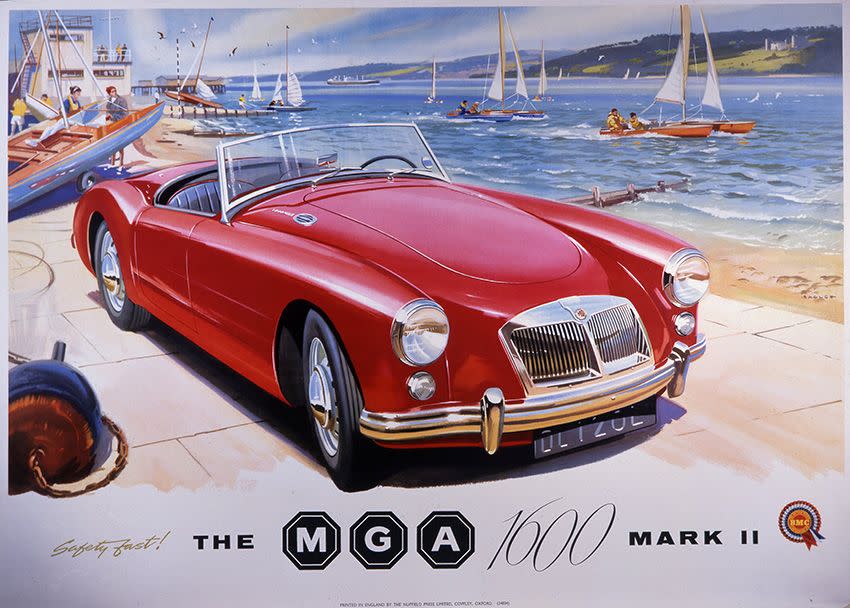
For all the other compelling tales, one comes away thinking that the best part of this tome may be how it captures the incredible human dimension of the MG century. MG's best cars can be seen as the products of a small but incredibly dedicated and fervently loyal team, who brought an unerringly clear if forever evolving vision to life.
For instance, we should remember the lasting impact of Cecil Kimber, who joined Morris ahead of MG's founding in the early Twenties. He would wind up running the whole show, fighting MG's corner for its right to be different in an eternal battle with the bean counters elsewhere in the Nuffield empire.
There is Syd Enever, who joined the company also in the 1920s but at the age of 14, to sweep up. He'd keep rising and would become the father of the game-changing MGA in the 1950s, with its all-new chassis and first-ever Austin-based engine, made available to MG when Morris merged in 1952 with England's other automotive giant, Austin, to form BMC, the British Motor Corporation.
By then, William Morris was an old man, and his role was largely ceremonial. But Leonard Lord was now in charge of BMC and was disinclined to sufficiently fund MG. Being an ex-Austin man, he held up the MGA's final development and launch for several years, favoring instead the new Austin-Healey 100—necessitating the hastily revised MG T-Series model, the TF.
The MGA would go on to far outsell the Healey, and the MGB that followed would outsell any sports car until the Mazda Miata arrived nearly 30 years after its launch. The MGB was —and is—a wonderful thing, one in which Enever's touch could still be felt; he wouldn't retire until 1971, celebrating almost 50 years with the company. Styled in part by Don Hayter, a longtime MG retainer who'd worked previously on the A, the B was guided to fruition by John Thornley, an MG superfan who co-founded the MG Car Club then managed to get even closer to the action and the people who made the cars he loved when in the 1930s he succeeded in getting the club an office at MG's Abingdon factory, where he'd sail to the top, eventually becoming general manager.
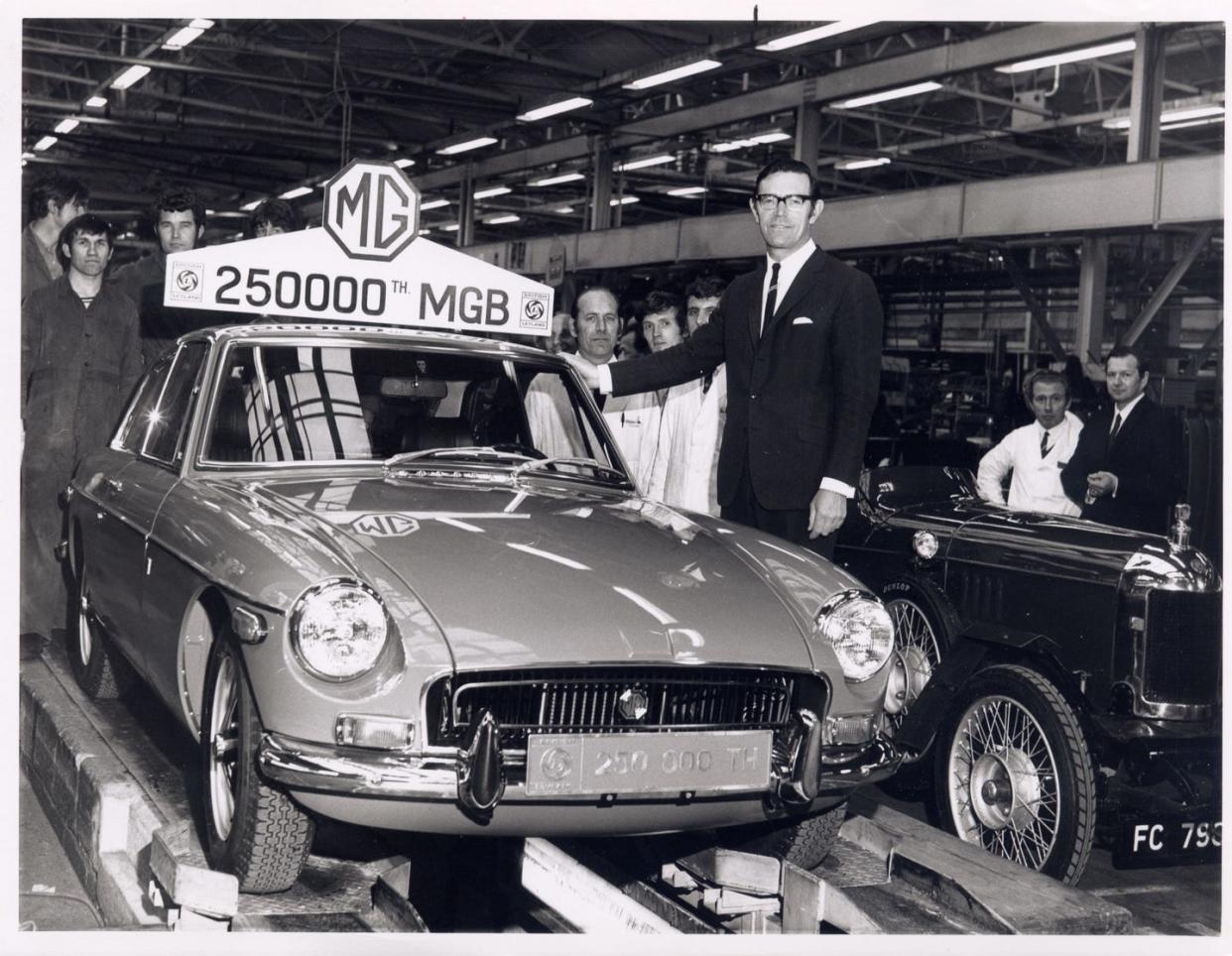
Blazing a clear path through all MG's permutations in the post–British Leyland days up through MG's China years and the present day, Knowles sketches in all one might want to know and more. Many Americans of a certain age, at least, still hold what feels like a proprietary interest in MG. Having owned more than a dozen in my lifetime, I know I certainly do. So I was delighted to finally come across the story behind MG's motto, "Safety Fast!" which had confounded me for years. It came about when Cecil Kimber suggested the motto, "Faster Than Most." But when some funster added the word "Bicycles" after seeing the slogan on an MG billboard, it quickly became time for a new one.
"Faster Than Most Bicycles" just wouldn't do. Its replacement, "Safety Fast!" was a nod to the warning triangle many new buses mounted at the rear, "Safety First!" meant to alert followers to recently introduced four-wheel brakes that allowed buses to slow more quickly than before. As a defining aspiration for a car company, 100 years on, it still makes sense.
You Might Also Like
